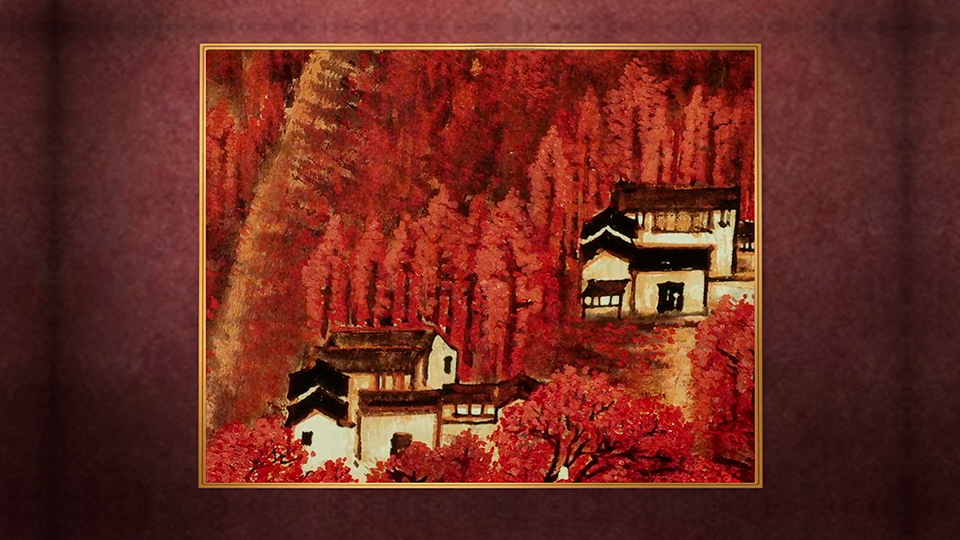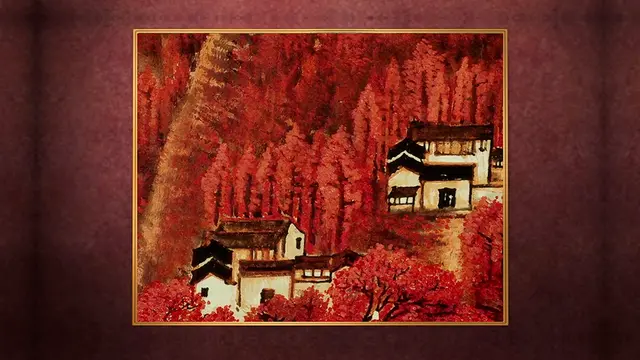02:00

This striking landscape, "Thousands of Hills in a Crimsoned View," was painted by celebrated Chinese artist, Li Keran.
Li's drew inspiration from "Changsha" - one of the best-known poems by the late Chairman Mao Zedong.
In 1921, Mao was among the original 13 delegates at the first National Congress of the Communist Party of China (CPC).
In the winter of 1924-1925, Mao returned to his birthplace, Shaoshan, in Central China's Hunan Province, to rest and revitalize.
In Shaoshan, he began to organize a peasant-driven revolution as a catalyst for national rejuvenation.
Four villagers joined the CPC in the attic of Mao's home, establishing one of the party's first branches in China's countryside.
While in Hunan, Mao visited Orange Island – around 70 kilometers away – in the middle of the Xiang River next to the city of Changsha.
Inspired by autumn scenery, he wrote:
"On a bright day in Autumn, I stood alone at the head of Orange Island;
Looking at the clear waters of the Xiang River to the north;
Seeing thousands of mountain peaks have all turned red;
Layers of trees seemed to have been dyed in color...”
These are the opening lines of "Qin Yuan Chun – Changsha" - the first of 37 classical-style poems composed by Mao.
The poem expresses an "optimistic vision of the future of revolution and the motherland."
It is a vision captured by Li Keran's 1964 ink wash painting, "Thousands of Hills in a Crimsoned View."
Today, Mao's "Changsha" vision of "thousands of mountain peaks" that "have all turned red" is also embodied in a party with more than 95 million members.
Check out
The China Report
, our new weekly newsletter.Subscribe here!
 简体中文
简体中文

